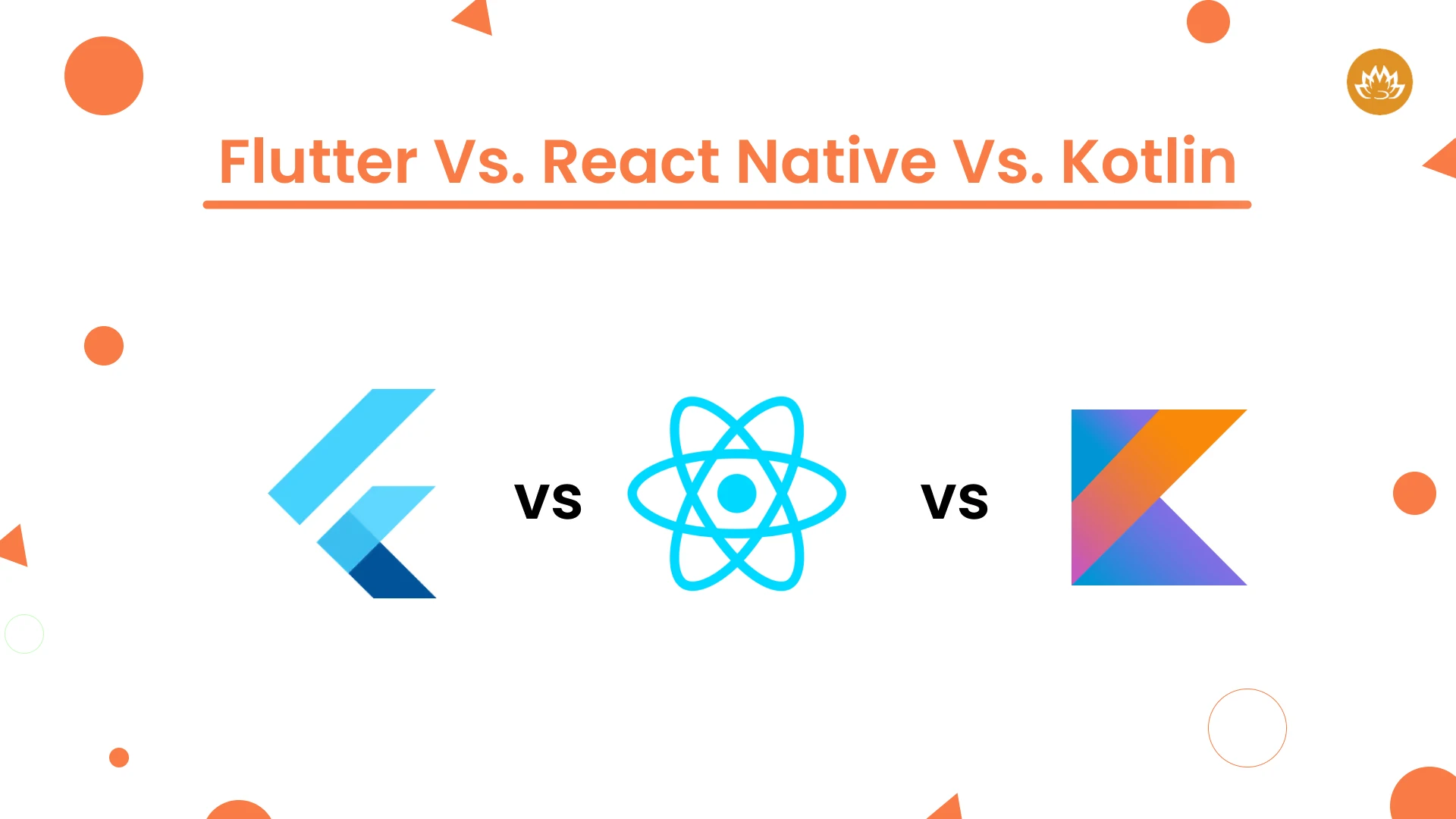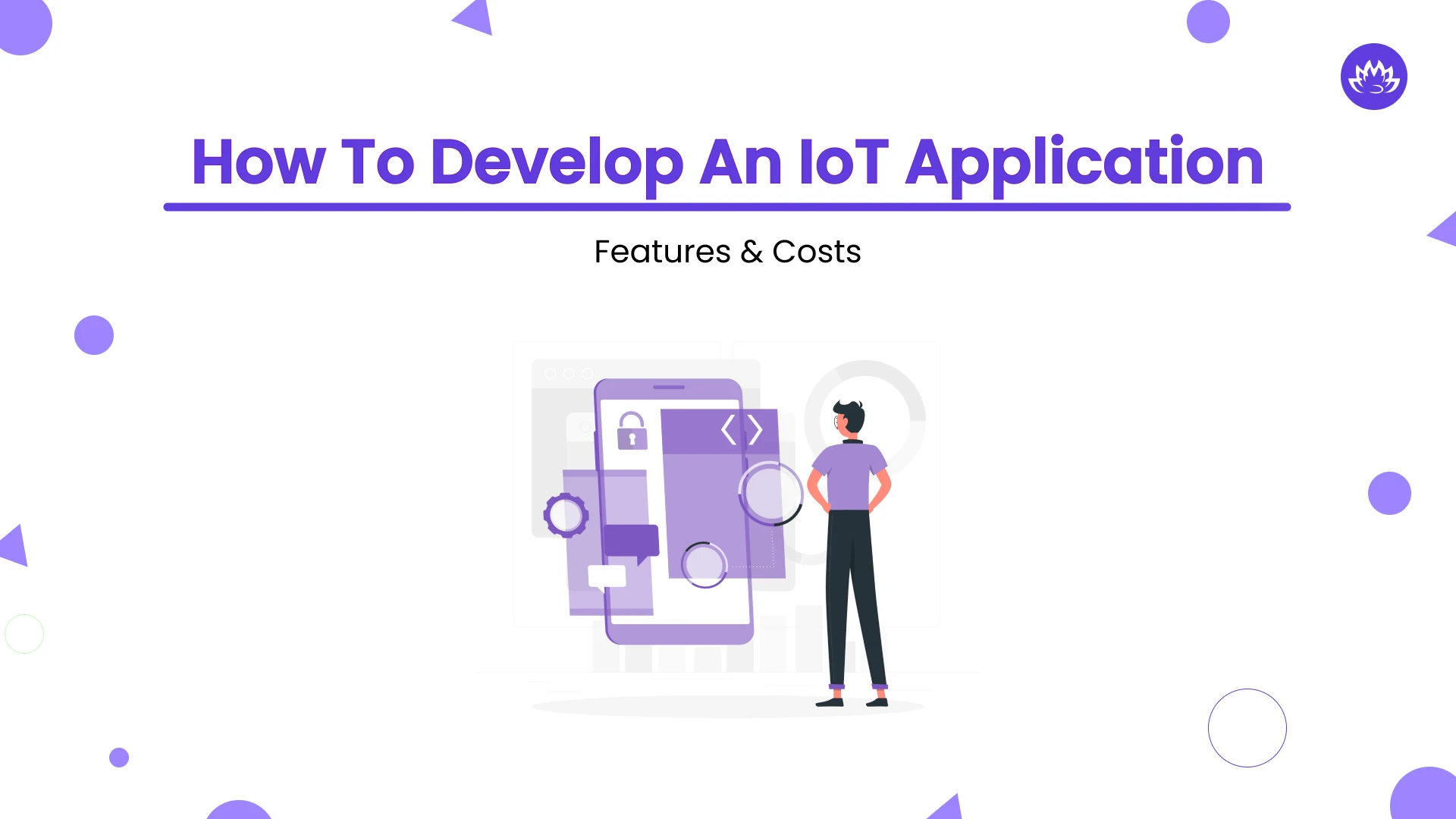Let’s delve into the market dynamics of on-demand services, backed by factual insights, research findings, and survey data:
Projections indicate that the on-demand food delivery market is poised to reach a substantial $1616.74 billion by 2023, underscoring its widespread usability.
According to PwC’s report, the on-demand mobile websites and apps market is anticipated to attain a value of $335 billion by the year 2025.
Insights from the Global Unicorn Club of CBInsight reveal that, in 2019, 23 out of 310 private companies in the on-demand market industry achieved unicorn status, collectively valued at $1 billion. Notable on-demand unicorns include Didi Chuxing ($56B) and Uber ($72B).
Examining various stakeholders, a noteworthy 63% of on-demand platform employees express satisfaction in their work within the on-demand economy.
The global impact of on-demand services is evident as users worldwide demonstrate their appreciation, collectively contributing to an annual spending average of $57.6 billion in the on-demand sector.
The popularity of this platform stems from its ability to cater to the specific demands of individuals. Users have the flexibility to choose any service and effortlessly place an order. On-demand mobile app solutions effectively address various challenges in logistics, supply chain management, transportation, and more. The market dominated by on-demand service apps continues to expand steadily and is anticipated to witness further growth in the foreseeable future.
What are On-demand service apps?
On-demand service apps are platforms that connect users with service providers in real-time, offering instant access to a wide array of services. In hiring a professional for web app development or acquiring expertise in cross-platform mobile app development, these applications excel in bridging the gap between demand and supply with unparalleled efficiency.
Service platforms function as intermediaries between independent product or service providers and potential customers, establishing a bridge where diverse businesses and their clientele converge. Within this platform, two parties can discover each other and engage in mutually satisfactory terms.
Reports indicate that 42% of the entire adult population in the United States has availed the services offered by on-demand service apps for startups. Venturing into this expansive realm of on-demand apps necessitates adept skills, design proficiency, development expertise, and comprehensive knowledge. As the on-demand economy rapidly supersedes traditional business models by providing services tailored to modern customers, on-demand service apps present a promising future for businesses.
Types of On-demand Service Apps
Below mentioned are various types of on-demand services apps that are widely used by users.
Healthcare on-demand services: On-demand appointments of doctors have gained huge popularity recently. These apps help with medicines on-demand for patients. Popular service apps are NowRX, PharmEasy, 1mg, 2ndMD, Amwell, and Doctor on-demand.
Food delivery on-demand services: Food delivery or restaurant apps work as the mediator between different consumers and eateries. The restaurant provides a complete menu such that consumers have a better understanding. Famous apps are Postmates, Seamless, Swiggy, GrubHub, Zomato, UberEATS, and DoorDash.
On-demand Transportation services: The reason for its popularity is easy payments, in-app messaging, real-time navigation, on-demand transportation, and transparent transactions. Uber Deliver and Uber Freight are the popular ones.
Gift and Flowers on-demand services: These are best for those who fall short of time to buy presents but wish to have the best where door-to-door, scheduled preferred delivery time slots are available. Gitagram, UrbanStems, Bloom&Wild have become popular.
Retail and grocery on-demand services: Customers can purchase everything they require with a broad array of options available. Popular apps are Blinkit, Kroger, Big Basket, Amazon, Walmart, etc.
Home requirement on-demand services: Requirements like maintenance, repair, and house cleaning are now finished with a torch. Thumbtack, Handy, Taskrabbit, and Merry Mids are the popular ones.
Beauty care on-demand services: Beauty care on-demand service apps are famous for easier appointments, better hygiene, and guaranteed sanitization. Famous apps include Glamsquad, Priv, StyleSeat, etc.
Benefits of on-demand service application
The on-demand apps facilitate the users with streamlined, secure, and simple solutions for the services on their demand. Some benefits are discussed to prove its credibility to invest in developing an on-demand service app.
Efficient and Speedy: Businesses can swiftly establish connections with customers using these apps, resulting in cost savings from reduced commissions and transportation expenses.
Versatile for Any Business: Virtually all types of businesses can leverage on-demand service apps to efficiently reach and serve their customers.
Increased Scalability: The higher profits and expanded scale facilitated by on-demand service apps empower businesses to enhance their overall scalability.
Opportunity for Improved Customer Service: These apps play a crucial role in better understanding customers and their demands, leading to improvements in customer service.
Potential for Online Presence Development: Businesses, with the assistance of these apps, have a significant opportunity to develop and strengthen their online presence.
How to develop an on-demand app?
Developing an on-demand services app needs a strategically planned system of development. Each step matters and plays a vital role in the final variety of the application. A step-by-step process for developing on-demand service application has been drafted.
Developing a successful on-demand app involves strategic planning and execution. Key steps include:
Market Research: Identify target audiences and analyze competitors.
Feature Planning: Define essential features based on user needs and industry trends.
User Experience Design: Create an intuitive and user-friendly interface for seamless interactions.
Technology Stack: Choose the right technologies for mobile app development or web app solutions.
Testing and Deployment: Rigorous testing ensures a bug-free and reliable application.
Basic features and the cost for the on-demand service apps
Now that you have an idea about the basics, let us discuss the cost of development and incurring particular features. The budget template of one on-demand mobile app development depends on various factors like the spectrum of features, business model, and level of development. Generally, the cost is calculated based on hours incurred in the development of the app. Though the perfect cost of the development cannot be determined with consultation, some information will help you to understand their cost and their factors as well.
Cost of on-demand services application
Cost of Developing an On-Demand App for Consumers:
Consumers utilize this app, emphasizing the need for a meticulously crafted set of features that directly impact business outcomes. A preliminary estimate for developing the consumer application is approximately $30,000. Key features such as user profiles, order navigation, order records, cart and order processing, seller details, search options, chat functionality, map integration, and additional features significantly contribute to enhancing the overall user experience of the application. The pricing is contingent on these factors.
Cost of Developing an On-Demand App for Service Providers:
Designed for service providers, this app streamlines their operations, promoting effective communication and efficiency. Developing the service provider app comes with an estimated cost of around $11,000. The overall cost is influenced by factors such as profile creation, order history, simplified payment methods, daily analytics, messaging features, order management, and more, all contributing to a smoother service delivery process for any company.
Cost of Developing an On-Demand App for Admin:
The admin panel plays a pivotal role in managing the on-demand service app and implementing necessary modifications. With total control over the application’s functionality, the admin ensures a seamless user experience. The cost of developing the admin features for on-demand mobile apps is determined by specific functionalities, including a comprehensive dashboard, commission analytics, partner management, end-user oversight, service provider company management, and other elements crucial for effective app monitoring.
Conclusion:
In conclusion, on-demand service apps have become integral to our daily lives, offering unparalleled convenience and efficiency. As businesses continue to explore the potential of this market, understanding the development process and embracing the latest technologies will be key to staying ahead in this dynamic landscape. Whether you’re in the realm of mobile app development or seeking on-demand services, embracing innovation is the key to success.
Author
-

Whitelotus Corporation is a creative digital software, web and top mobile application development company focused on building next generation disruptive digital products.
View all posts












